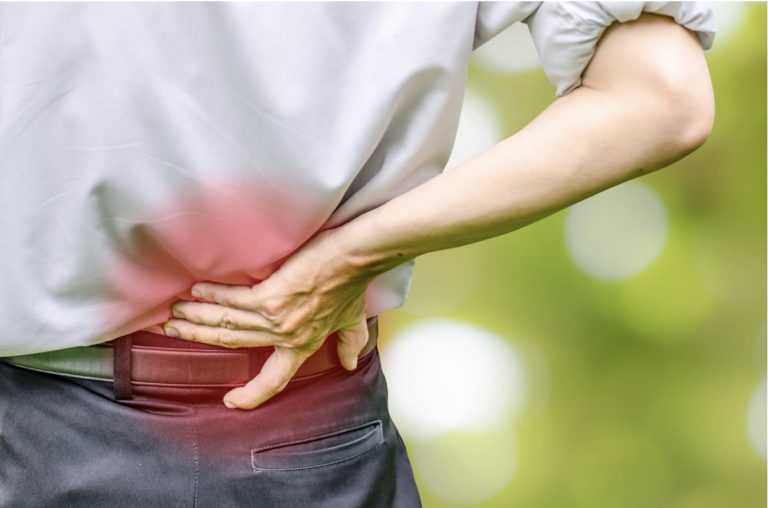Patients with a herniated disc are often surprised to learn that this condition is causing symptoms that can include neck pain, back pain, leg pain, tingling, and muscle weakness. These and other forms of herniated disc pain can be very difficult, taking you away from favorite activities, lessening job productivity, and even affecting relationships. At BEST Health System, we believe an important step in any patient’s treatment is education.
By learning more about how a herniated disc develops and causes symptoms, you can take a more informed approach to treatment. Our goal is to help you work more closely with your treatment team to develop a care plan that is right for you. As you read over the following, we encourage you to reach out to us at any time with questions or if you’d like to learn more about your options for relief.
How does a herniated disc cause symptoms?
Herniated discs are not necessarily painful by themselves. In fact, it is possible to develop spinal disc conditions such as bulging or herniated discs without knowing it. It may also only result in minor local irritation or pain.
A herniated disc occurs when the soft inner material of a spinal disc pushes out through a tear in the tough outer layer. The protein-rich disc fluid can potentially irritate nerves on the outer part of the disc, which is how minor pain occurs.
More serious symptoms, including shooting pain, leg pain, tingling, numbness, and muscle weakness occur if a herniated disc puts pressure on the nerves in the spinal column. Because the spine is so densely packed with nerves, including the spinal cord and nerve roots, a small amount of narrowing can cause nerve compression.
The location of the herniated disc also affects symptoms
There are spinal discs between nearly all the major vertebrae in the spinal column. These discs act as shock absorbers, allowing us to bend and flex smoothly, while still holding us upright and protecting the central nervous system. Because a herniated disc can develop at any layer of the spine, it can impact where the symptoms occur.
The three layers of the spinal column are:
- Cervical spine — This is the upper part of the spine, labeled C1 to C7. A herniated disc in the cervical spine can cause neck pain, headaches, and radiating symptoms into the arms and hands.
- Thoracic spine — The middle region of the spine, labeled T1 to T12, is fixed to the ribcage. While there are discs in the middle spine, conditions such as herniated discs are rare because of the rigidity in this region.
- Lumbar spine — The lower spine is labeled L1 to L5, although some people have an extra sixth lumbar vertebra. Herniated lumbar discs result in lower back pain, leg pain, and radiating symptoms into the lower extremities, often diagnosed as sciatica.
Sciatica occurs when a condition such as a herniated disc puts pressure on the sciatic nerve which originates in the lumbar spine and spreads out to the lower extremities on both sides of the body. This is one of the primary ways a herniated disc causes symptoms such as leg pain and muscle weakness.
Finding relief from herniated disc symptoms
Upon diagnosis, a herniated disc will usually first be treated with basic therapies. Patients can perform many at home, including rest, over-the-counter medication, hot and cold therapy, and gentle stretching.
The primary goal of this type of treatment is to manage symptoms and improve function while you and your doctor monitor the progress of the condition. Individual herniated discs can improve, but the underlying causes are generally due to the natural aging process. This means there is a chance for a herniated disc to worsen and for symptoms to become chronic over time.
Physical therapy and therapeutic injections are more advanced options that patients can attempt for serious herniated disc pain. The relief from pain and inflammation caused by injection can make it possible to undergo physical therapy that may have been too painful. Physical therapy helps patients strengthen supporting muscles and improve posture and mechanics that can take pressure off the herniated disc.
Considering herniated disc surgery
If weeks or months of basic treatment do not bring the relief necessary for a good quality of life, surgery can become an option. Through minimally invasive procedures, patients can find relief from herniated disc pain on an outpatient basis. At BEST Health System, our highly skilled surgeons can access the spine through a less than 1-inch incision, removing herniated disc material without disrupting surrounding tissue.
To learn more about our full range of treatment options for a herniated disc, from pain management to minimally invasive surgery, contact our caring and dedicated team today.
